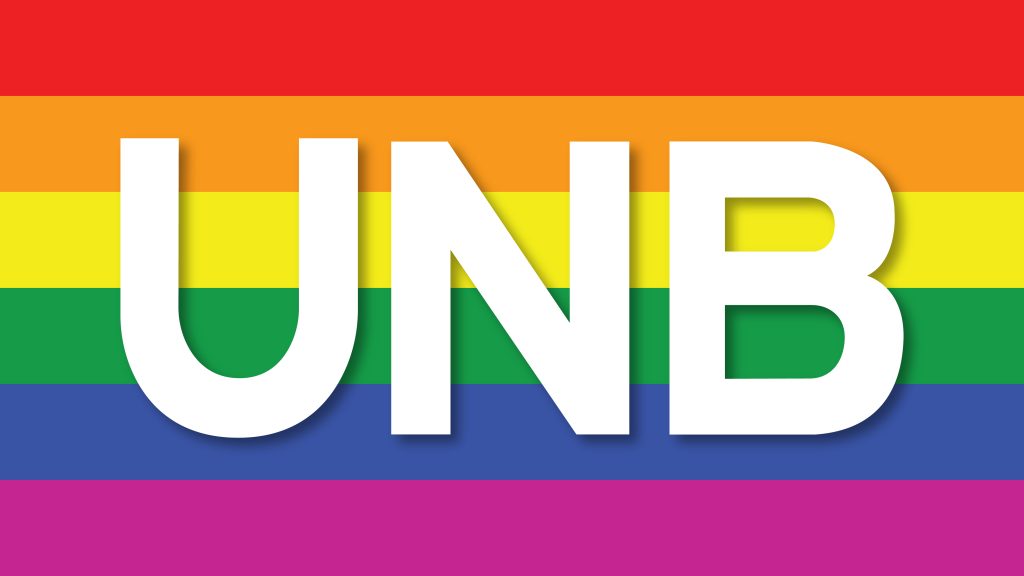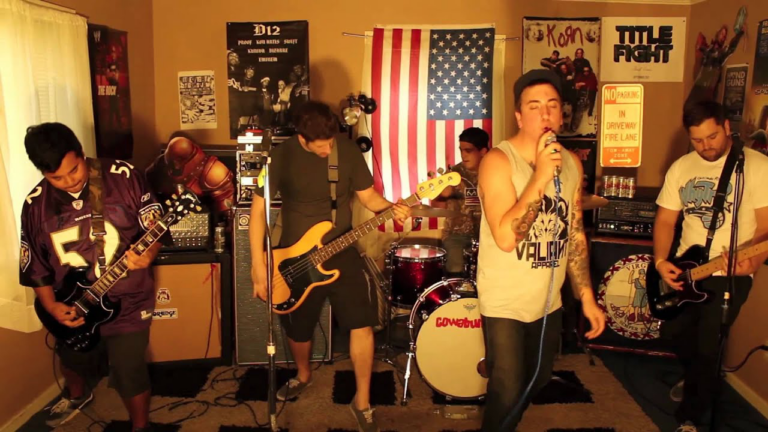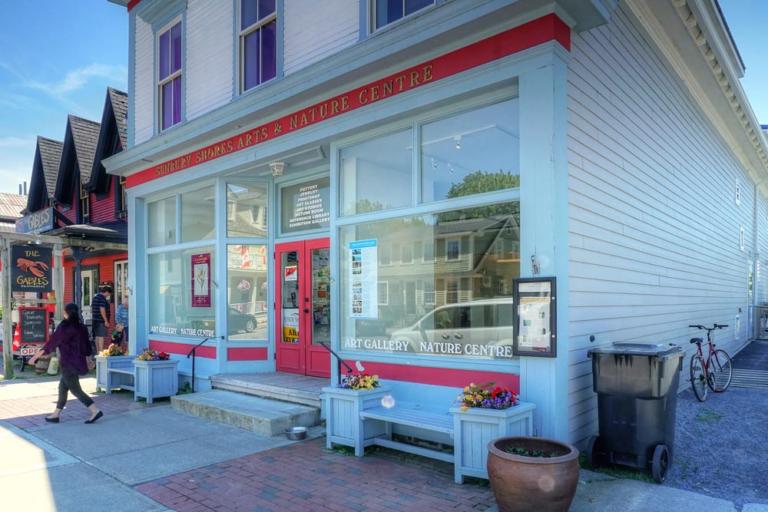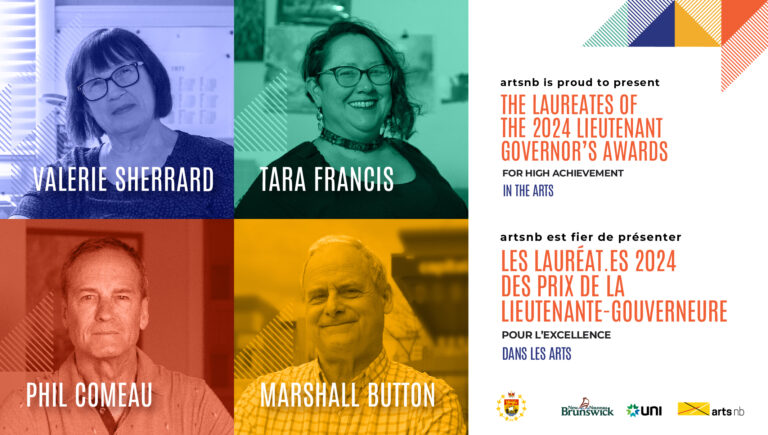Growing up in the LGBTQ+ community, I recognized an empty feeling – a sense that I had no history to look back at, nor a clearly defined future to reach for.
The lack of proper representation in media leaves queer youth in a state of alienation. Therefore, projects that attempt to catalogue queer history are fundamental for defining present-day queer identity.
To get a glimpse into New Brunswick’s Queer history, I reached out to my friend Dusty Green, a founder and researcher with the New Brunswick Queer Heritage Initiative. He helped me get in touch with former UNB professor Dr. Anthony Lister, an out member of Fredericton’s LGBTQ+ community.
Lister is gentle, well-spoken, and candid, and explained that they respond to he/she/they pronouns, but most people address him in the masculine.
The former French professor, who began teaching at UNB in 1968, told me he never expected gay rights would reach the point they are at today.
“We didn’t imagine it was going to happen,” he said. “We were fighting for recognition of human rights.”
Lister drew parallels to the struggle that trans people are experiencing today. He pointed out a symbiotic relationship and that elders can learn from the youth.
“Some of the trans students on campus have had a big influence on me. It’s a two-way process,” he said.
Elder queer folk are experiencing particular challenges, unique to the present-day. Many face a fear of staying out when placed into long-term care facilities.
“There could be discrimination from people your own age, and possibly the administration,” he said.
Many LGBTQ+ seniors are forced to go back into the closet to avoid discrimination from their own age group, which remains predominately socially conservative.
For those that haven’t yet come out, even in today’s accepting social climate, Anthony had sympathy.
“You risk a lot coming out later because you risk relationships you’ve built up over 40-50 years.”
Thinking back to when he came out, he reminisced, “We didn’t have that choice.”
Growing up, Lister remembered little to no public discourse about homosexuality. Even when studying literature featuring homoerotic elements, he remembered the topic being ignored entirely.
He recalled a memory from youth, reading Honoré de Balzac in school, when a friend leaned in and whispered, “I think that guy is a homosexual.”
That was one of the only times Lister ever heard homosexuality discussed as a youth.
When I asked Lister if there was anyone he looked up to as a queer role model when he was younger, he responded, “No. There were no role models at all. It was taboo.”
However, UNB does have its own unique, queer, history. Here is a small anecdote to help young UNB queers connect back to elders who walked these same halls.
A Brief Queer History at UNB:
The history of LGBTQ+ rights at UNB begins in 1975 when the first collective agreement was signed between the faculty union and UNB protecting faculty from discrimination based on sexual orientation.
Shortly after, the Fredericton Lesbians and Gays (F.L.A.G.) began community organizing and human rights projects.
In 1990, the UNB Gay and Lesbian Association is formed, its name changed to Spectrum in 2000, and eventually replaced by Qmunity in 2016.
In 2018, the 203 Centre for Gender and Sexual Diversity is opened, where Dr. Anthony Lister provided a speech that detailed the history of change for the queer community at UNB Fredericton.
[Citation: EXPANDED VERSION OF SPEECH GIVEN BY ANTHONY LISTER AT THE OPENING OF The 203: Center for Gender and Sexual Diversity. February 8th, 2018]




